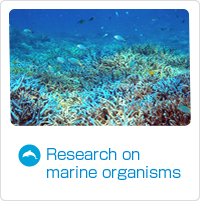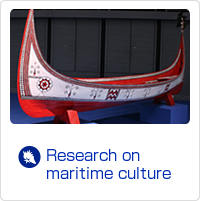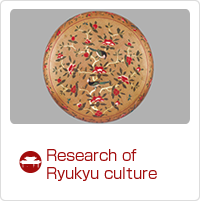- Home
- Okinawa Churashima Foundation Research Institute
- Studies of Marine Animals
- Research activity report
- Development of an AI automatic humpback whale identification system! Successfully identified over a thousand whales from photographs of their tail fins!

Research on marine organisms
Development of an AI automatic humpback whale identification system! Successfully identified over a thousand whales from photographs of their tail fins!
In summer, humpback whales feed in high latitudes such as off the coast of Russia. During the summer, they mate, give birth, and raise their young in lower latitudes such as off the coasts of Okinawa and the Philippines. The shape and patterns of a humpback whale’s tail is unique (see image below). Around the world, humpback whale researchers have identified individual humpback whales by manually checking photographs to match them. Okinawa Churashima Foundation, over 30 years of surveys, archived over ten thousand images of 1,800 unique humpback whale tail fins.
Okinawa Churashima Foundation has collaborated with Diagence, Osaka University and Keio University to optimize the identification process of humpback whale tail fins, and have successfully developed an AI automatic identification system for humpback whales based on their tail fins. When a new photograph of a humpback whale tail fin is uploaded to the system, then 30 most similar tail fin images in the database will instantly appear. 89% of the time the unidentified whale was matched within these 30 results. 76% of the time the unidentified whale matched with the first choice on the list. This research results were announced at an online international conference VISAPP2022 (the 17th International Joint Conference on Computer Vision, Imaging and Computer Graphics Theory and Applications) on February 6th to 8th, 2022 and published in this conference proceedings.
With the development of this system, we can expect a rapid improvement in efficiency compared to manually identifying tail fins. Okinawa Churashima Foundation will utilize this system and work together with domestic and international research institutes with the aim of shedding light on the population structure and the seasonal migration routes of humpback whales in the North Pacific Ocean.
Authors
Yoshikawa T, Hida M, Lee C, Okabe H, Kobayashi N, Ozawa S, Saito H, Kan M, Date S, Shimojo S (Bold letters: Staff members of Okinawa Churashima Foundation).
Title
Identification of over one thousand individual wild humpback whales using fluke photos.
Journal (Conference proceedings)
Proceedings of the 17th International Joint Conference on Computer Vision, Imaging and Computer Graphics Theory and Applications. 4: ISBN 978-989-758-555-5, ISSN 2184-4321, 957-967.
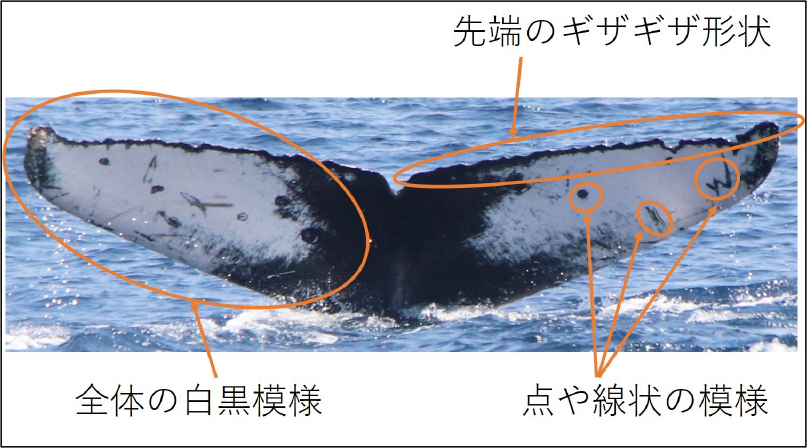
Image 1. An example of the unique white and black patterns and the shape of the humpback whale tail flukes as seen from the ventral side.
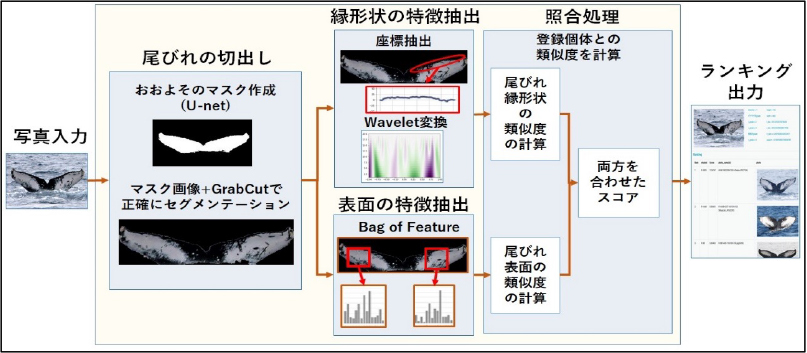
Image 2. The schematic diagram showing how the automatic identification system identifies the humpback whale based on its unique tail flukes.
Copyright (c) 2015 Okinawa Churashima Foundation. All right reserved.























